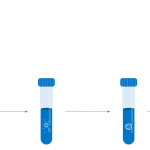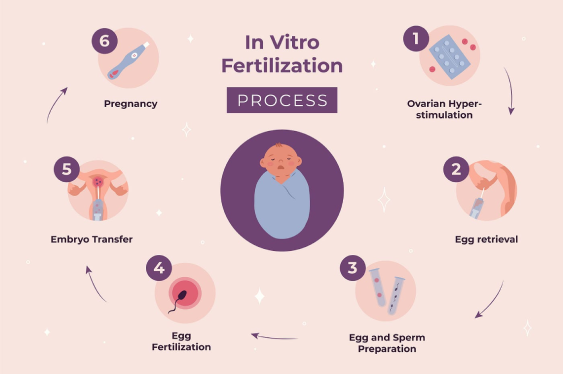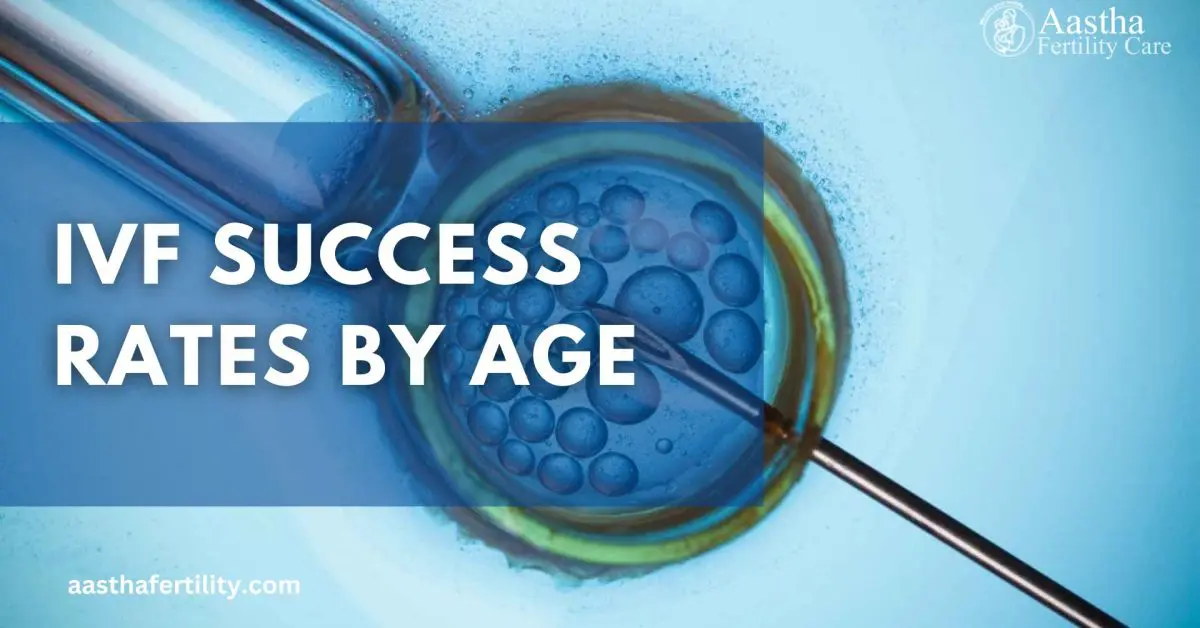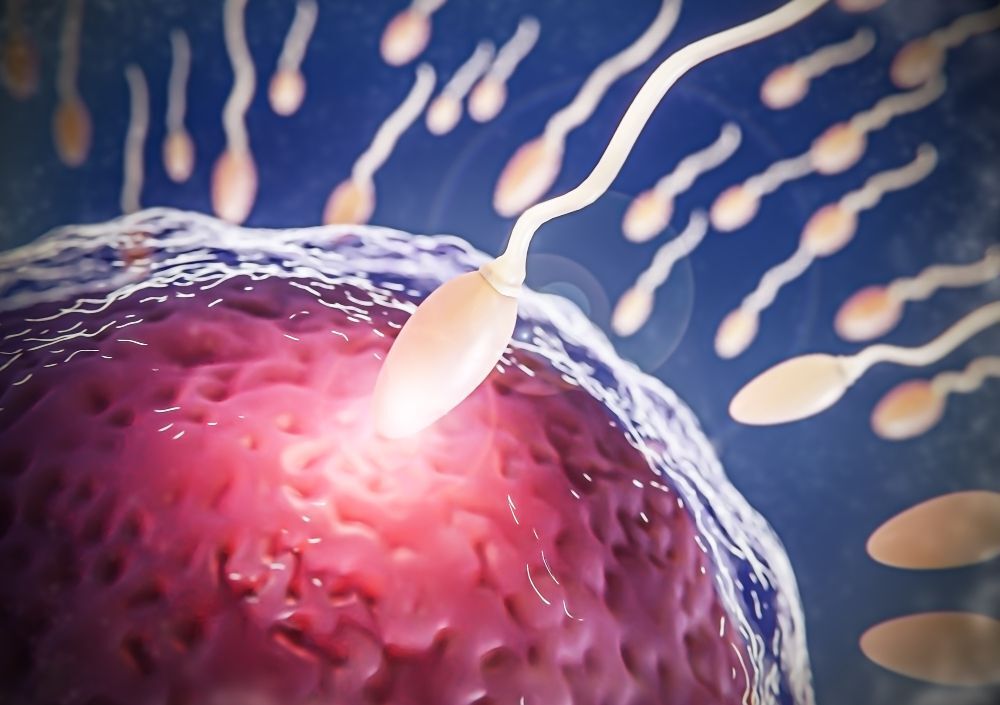
IVF Babies Disadvantages: What You Need to Know Before Starting Your Journey
March 27, 2025
Reciprocal IVF: A Deep Dive into a Unique Path to Parenthood
March 27, 2025IVF Success Rates: Everything You Need to Know to Boost Your Chances
So, you’re thinking about IVF (in vitro fertilization), huh? Maybe you’ve been dreaming of holding a little bundle of joy, or perhaps you’re just curious about what this whole process entails. Either way, you’ve landed in the right spot! IVF is like a rollercoaster—full of ups, downs, and unexpected twists. One of the biggest questions on everyone’s mind is: What’s the success rate? Spoiler alert: it’s not a one-size-fits-all answer. But don’t worry—I’m here to break it all down for you in a way that’s easy to digest, packed with juicy details, and loaded with tips to help you along the way.
We’re diving deep into the world of IVF success rates—think of this as your ultimate guide. From surprising factors that affect your odds to the latest research breakthroughs, I’ve got you covered. Plus, I’ll sprinkle in some real-life vibes (like what couples secretly stress about) and practical advice you won’t find everywhere else. Ready? Let’s get started!
What Are IVF Success Rates, Anyway?
IVF success rates are basically the odds of a treatment cycle ending with a baby in your arms—or at least a confirmed pregnancy. It’s the number that clinics love to flaunt and hopeful parents cling to. But here’s the catch: “success” can mean different things depending on who’s talking. Some clinics count a positive pregnancy test, while others only count live births (a baby born healthy and crying). For us regular folks, it’s the live birth rate that matters most, right?
How Success Rates Are Measured
Think of IVF success rates like a report card for fertility clinics. They’re calculated by dividing the number of successful outcomes (like live births) by the total number of IVF cycles started. Easy enough, but there’s more to it:
- Live Birth Rate: The gold standard—how many cycles lead to a baby born alive.
- Clinical Pregnancy Rate: A step earlier—when a pregnancy is confirmed by ultrasound (heartbeat included).
- Per Cycle vs. Per Transfer: Some stats look at every attempt, while others only count cycles where an embryo gets transferred.
Here’s a fun fact: not every IVF cycle makes it to the embryo transfer stage. Sometimes eggs don’t fertilize, or embryos don’t develop. So, the live birth rate per embryo transfer is usually higher than per cycle started. Sneaky, right?
Why Success Rates Vary So Much
Ever wonder why one clinic brags about a 60% success rate while another’s stuck at 30%? It’s not just about their skills (though that matters). It’s also about who they’re treating. Younger women? People with simple fertility issues? Those folks boost the numbers. Clinics that take on tougher cases—like older patients or those with multiple failed attempts—might see lower rates. It’s like comparing a sprinter running downhill to one climbing a mountain.
The Biggest Factor: Your Age
Alright, let’s get real—age is the MVP when it comes to IVF success. It’s not just a number; it’s the key to how well your eggs (and sometimes sperm) perform. Here’s the scoop based on the latest data:
IVF Success Rates by Age
The younger you are, the better your odds. Why? Because younger eggs are usually healthier and more likely to turn into strong embryos. Check out these numbers from recent stats (think 2021-2023 trends):
- Under 35: Around 50-55% live birth rate per embryo transfer. Pretty solid!
- 35-37: Drops to 38-40%. Still good, but you can see the shift.
- 38-40: Down to 25-27%. It’s getting trickier.
- 41-42: About 12-15%. Tougher, but not impossible.
- Over 42: Hovers at 4-7%. Rare, but it happens!
Why Age Matters So Much
Egg quality declines as you age—it’s biology’s not-so-fun gift. Older eggs have more genetic glitches, which can lead to embryos that don’t implant or pregnancies that don’t stick. For guys, sperm quality dips too, but it’s less dramatic. Dr. Natalie Crawford, a fertility expert from Texas, puts it plainly: “The younger the egg, the higher the probability of normal genetics.” She’s right—science backs her up with studies showing genetic abnormalities skyrocket after 35.
Real Talk: Age Isn’t Everything
Okay, age is huge, but it’s not the only thing. I’ve heard stories of 40-somethings beating the odds with one perfect embryo, while some 30-year-olds struggle through multiple rounds. It’s a mix of luck, health, and a little magic (kidding about that last one… or am I?). Point is, don’t let the numbers scare you off—there’s more to the story.

Hidden Factors That Affect IVF Success
Age gets all the attention, but there are sneaky little details that can make or break your IVF journey. These are the things couples whisper about in waiting rooms or obsess over late at night. Let’s spill the tea.
Your Lifestyle Choices
You might not think your daily habits matter, but they do! Research shows lifestyle tweaks can nudge your odds up—or down.
- ✔️ Healthy Diet: A Mediterranean diet (think fish, veggies, olive oil) boosts success by up to 65-68%, says a Fertility and Sterility study. More salmon, less pizza? Worth a shot!
- ✔️ Exercise: Moderate workouts (like brisk walks) can improve outcomes by 20-30%.
- ❌ Smoking: Smokers might need twice as many cycles to conceive. Ouch.
- ❌ Stress: High anxiety can mess with implantation. One study linked it to lower success rates.
Tip: Try a 10-minute yoga session daily. It’s not just for hippies—it might calm your nerves and your hormones!
The Cause of Your Infertility
Not all infertility is created equal. Some issues play nicer with IVF than others:
- Blocked Fallopian Tubes: IVF’s sweet spot—success rates can hit 50% or more.
- Low Sperm Count: Techniques like ICSI (where they inject sperm right into the egg) can level the playing field.
- Endometriosis: Trickier—success drops to 20-30% depending on severity.
- Unexplained Infertility: A wild card, but often around 35-40%.
Embryo Quality (The Unsung Hero)
Embryos are like tiny snowflakes—no two are alike. Their quality depends on egg and sperm health, plus how well they grow in the lab. Top-grade embryos (think “A” students) have a 60-65% shot at becoming a baby, per transfer. Lower grades? More like 20-30%. Clinics don’t always spill this detail, but it’s a game-changer.
Fresh vs. Frozen Embryos: What’s the Deal?
Here’s a debate you won’t hear at the dinner table: fresh embryo transfers vs. frozen ones. Both have fans, but which wins for success?
Fresh Embryo Transfers
Fresh means the embryo goes straight from the lab to your uterus, usually 3-5 days after egg retrieval. Sounds simple, right? Success rates hover around 41-43% for women under 35, dropping as age climbs. The catch? Your body’s still recovering from all those hormone shots, which can throw off implantation.
Frozen Embryo Transfers (FET)
Frozen embryos get chilled (literally) and stored for later. When you’re ready, they’re thawed and transferred. Surprise—they often outperform fresh! Rates hit 52-55% for under-35s. Why? Your uterus gets a break, and doctors can time the transfer perfectly.
The Latest Scoop
A 2023 study found FET lowers preterm birth risks and boosts birth weights compared to fresh transfers. Plus, freezing lets you test embryos for genetic issues (called PGS), upping your odds to 60-65% per normal embryo. Cool, huh?
Tip: Ask your doc about a “freeze-all” cycle if you’re worried about hormone overload.

Boosting Your IVF Success: Tips You Haven’t Heard
Lots of articles toss out basic advice—eat well, sleep more. Yawn. Let’s dig into some lesser-known tricks that could give you an edge.
Timing Is Everything
Ever heard of the endometrial receptivity window? It’s that sweet spot when your uterus is ready to catch an embryo—usually 5-7 days after ovulation. Miss it, and even a perfect embryo might not stick. New tests like ERA (Endometrial Receptivity Analysis) can pinpoint it, bumping success by 10-15% for repeat failures.
The Sperm Factor
Guys, this one’s for you. Sperm DNA fragmentation (think damaged goods) can tank success, even if counts look okay. A 2022 study showed fixing this with antioxidants (like CoQ10) or lifestyle changes improved live birth rates by 20%. Tell your partner to skip the hot tubs and tight jeans!
Acupuncture: Hype or Help?
Some swear by it; others roll their eyes. But a small 2024 trial found acupuncture during IVF cycles raised success by 8-12%—maybe by boosting blood flow to the uterus. Not a magic bullet, but worth a chat with your doc.
Step-by-Step: How to Try Acupuncture
- Find a licensed acupuncturist with IVF experience.
- Start sessions 1-2 months before your cycle.
- Aim for 1-2 visits weekly, especially around transfer day.

The Emotional Side of IVF Success
IVF isn’t just about numbers—it’s a heart thing too. Couples don’t talk about this enough, but it’s real.
The Waiting Game
That two-week wait after transfer? Torture. One study linked higher anxiety during this time to lower success. Dr. Jane Frederick, a California fertility guru, says, “Stress doesn’t cause failure, but it sure makes the ride harder.” Her tip? Distraction—binge a silly show or knit a scarf.
What If It Fails?
Failure stings—40-50% of first cycles don’t work. But here’s hope: cumulative success (after 2-3 cycles) can hit 70-80% for under-35s. Don’t give up after one try—your odds climb with each round.
Tip: Keep a journal. Scribbling down fears or wins can lighten the load.

IVF Success Around the World
Success rates aren’t the same everywhere. Where you live—or travel—can shake things up.
USA vs. India vs. UK
- USA: Tops out at 55% for under-35s, thanks to cutting-edge tech. But it’s pricey—$12,000-$17,000 per cycle.
- India: Averages 30-40%, but some clinics claim 70% (take that with a grain of salt). Cost? As low as $2,500.
- UK: Around 27% overall, per HFEA 2021 data. NHS funding helps, but waitlists are long.
Donor Eggs: A Game-Changer
Over 40 and worried? Donor eggs from younger women flip the script—success jumps to 50-60%, no matter your age. It’s a big decision, but it’s like borrowing a golden ticket.
The Future of IVF Success
Science isn’t standing still. Here’s what’s cooking to boost your chances even more.
AI and Embryo Selection
Artificial intelligence is picking the best embryos by analyzing growth patterns. Early trials show a 10-15% success boost. It’s like having a crystal ball for your lab dish!
IVG: The Next Frontier
In vitro gametogenesis (IVG) could turn skin cells into eggs or sperm. It’s years away, but experts like Dr. Paula Amato call it “revolutionary.” Imagine unlimited eggs—success rates could soar.
Your IVF Action Plan
Ready to roll? Here’s how to stack the deck in your favor, step by step.
Before You Start
- ✔️ Check Your Clinic: Look at live birth rates for your age group on SART.org or CDC.gov.
- ✔️ Get Tested: Ovarian reserve (AMH), sperm quality, and uterine health—know your baseline.
- ❌ Don’t Rush: Give yourself 2-3 months to prep your body.
During Treatment
- ✔️ Follow Meds to a T: Timing matters—set phone alarms!
- ✔️ Lean on Support: Friends, a therapist, or online forums—don’t go it alone.
- ❌ Skip Caffeine: Some studies suggest it lowers implantation odds.
After Transfer
- ✔️ Rest (But Not Too Much): Take it easy for a day, then move normally.
- ❌ Don’t Test Early: Home pregnancy tests before day 10 can mislead you.
Let’s Chat—What’s Your Take?
IVF success rates are a wild ride, full of hope, science, and a dash of mystery. Whether you’re 30 or 42, starting fresh or trying again, there’s a path for you. What’s your biggest worry—or win—on this journey? Drop a comment below! Love hearing about your favorite stress-busting trick or a question you’re dying to ask. Let’s keep this convo going—because you’re not alone in this!